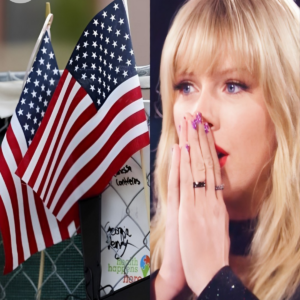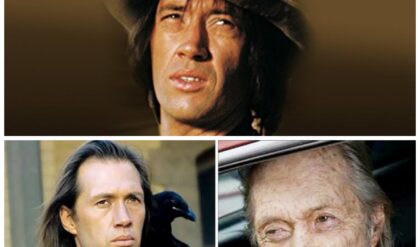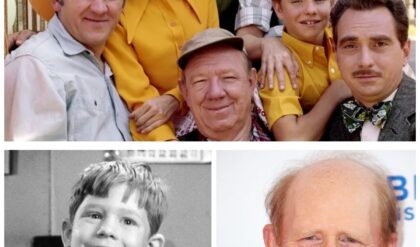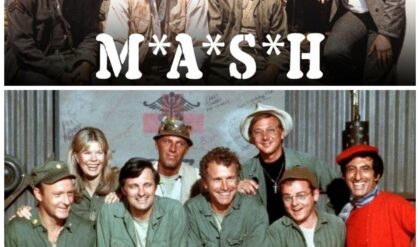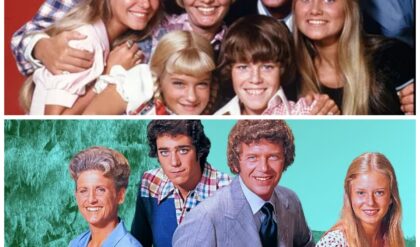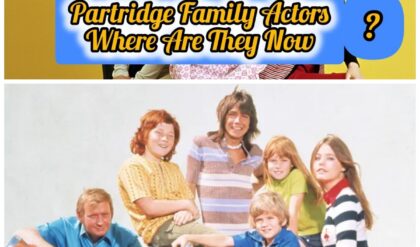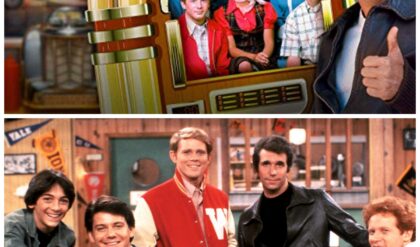After the emotional journey of Wanda Maximoff, aka Scarlet Witch, in the Disney+ series WandaVision, fans were eager to see how her character would develop in Doctor Strange in the Multiverse of Madness. However, the show took a major turn, portraying her as a villain, a decision that left many viewers divided.
Recent revelations from former X-Men ’97 executive producer Beau DeMayo suggest that Scarlet Witch was originally intended to play a very different role in the sequel, one that could have profoundly changed her trajectory in the MCU..
A Heroic Turn for Scarlet Witch
According to DeMayo, the initial concept for Doctor Strange in the Multiverse of Madness painted Wanda Maximoff as a hero rather than the antagonist she ultimately became. This shift in characterization raises intriguing questions about the creative direction of the MCU and the potential impact on Wanda’s narrative arc.
Originally, the plan was for Scarlet Witch to assist Doctor Strange in combating the villain Nightmare, a character steeped in mystique and terror within the Marvel lore. Instead of hunting America Chavez, a young hero with the ability to traverse the multiverse, Wanda would have taken on the role of a mentor, training her to harness her powers for good.
This alternate storyline aligns more closely with the themes explored in WandaVision, where Wanda grappled with her grief and the consequences of her powers. The decision to pivot from a heroic portrayal to a villainous one in Doctor Strange 2 not only contradicted the emotional depth established in the series but also alienated a segment of the fanbase that resonated with her struggles.

The Consequences of a Villainous Turn
As it stands, Wanda’s arc in Doctor Strange in the Multiverse of Madness culminated in her tragic death, a sacrifice made to obliterate all versions of the Darkhold across the multiverse. This narrative choice has been met with mixed reactions, particularly regarding its alignment with Wanda’s character development.
The implications of this alternate plot extend beyond Wanda herself. The dynamics between characters could have shifted significantly. For instance, a nurturing relationship between Wanda and America Chavez would have offered a fresh perspective on mentorship, showcasing Wanda’s capacity for love and growth rather than her descent into chaos. Such a relationship could have provided a counterbalance to Wanda’s grief over losing her children, allowing her to explore her emotions in a healthier way.
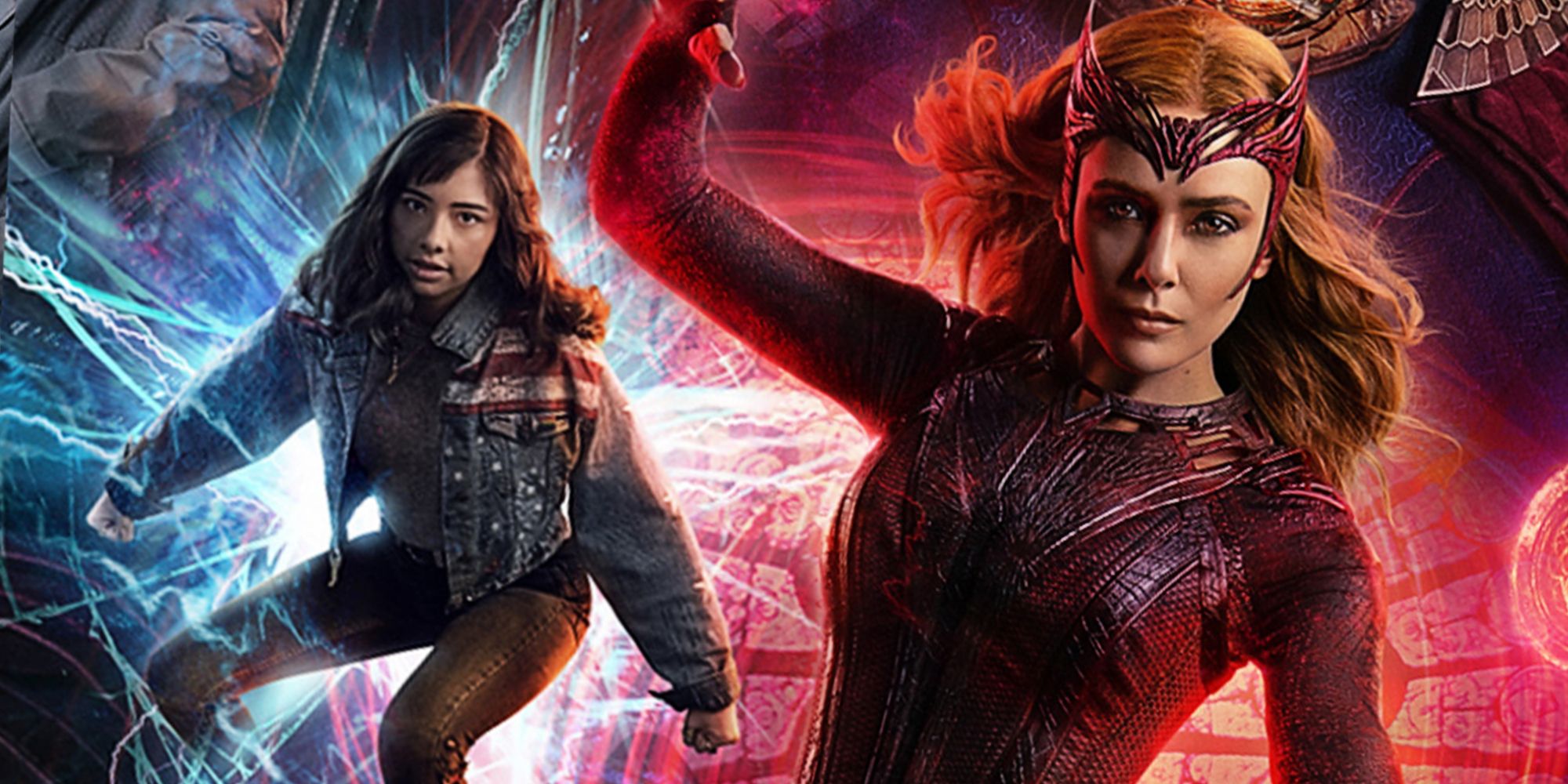
A Missed Opportunity for Character Exploration
The original vision for Doctor Strange 2 would have allowed for a deeper exploration of Wanda’s trauma and her journey toward healing. Instead of portraying her as a murderous force, the filmmakers could have delved into her internal struggles, examining the complexities of motherhood, loss, and redemption. This nuanced approach would have provided a more satisfying resolution to her character arc, one that resonated with the audience’s emotional investment in Wanda’s story.
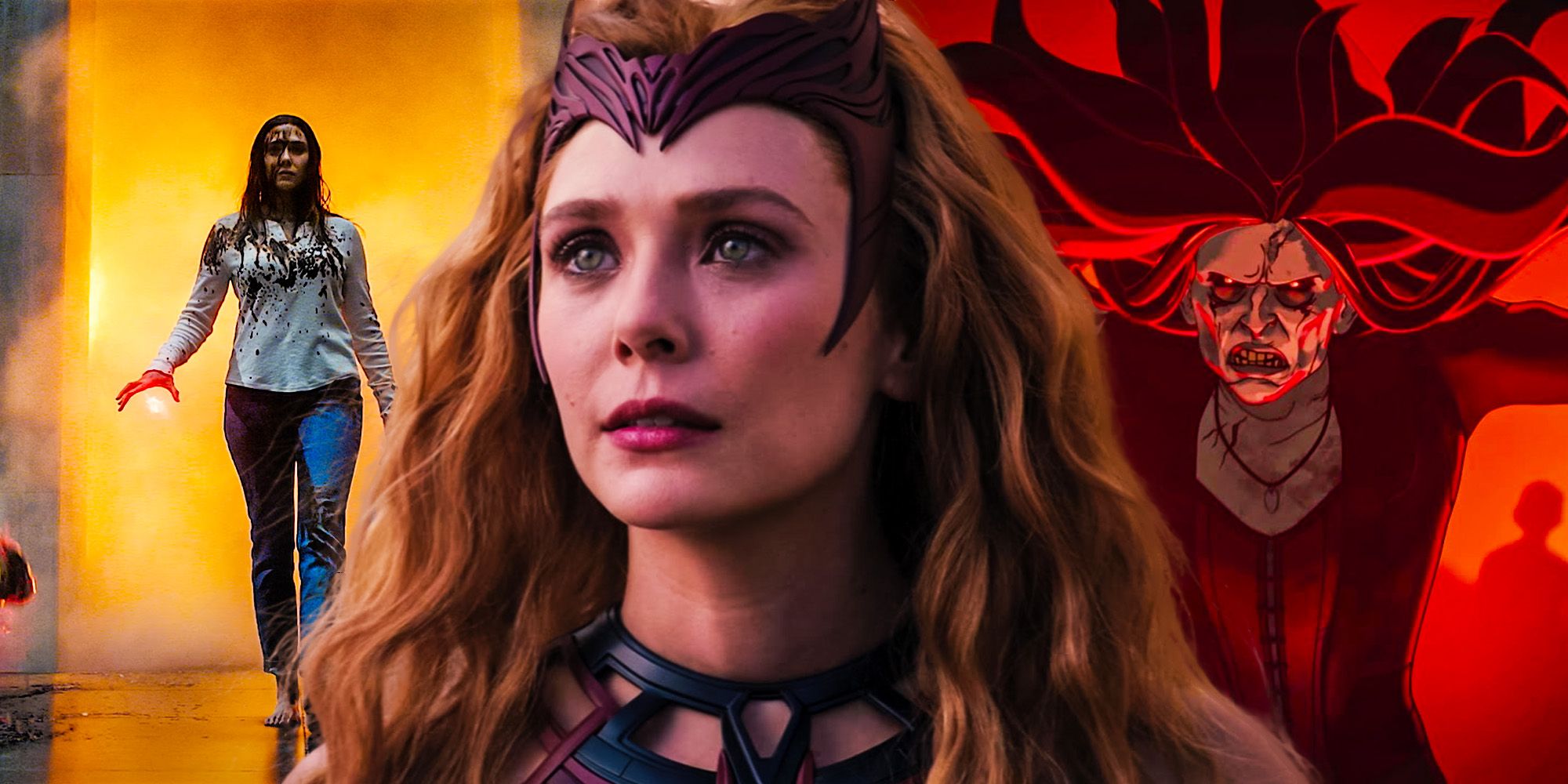
The Impact on the MCU Landscape
The decision to portray Wanda as a villain in Doctor Strange in the Multiverse of Madness has sparked discussions about the future of the MCU. With Elizabeth Olsen’s Scarlet Witch reportedly set to return in the upcoming Vision series, fans are left wondering how her character will be reconciled with the events of the sequel. Will the MCU explore the consequences of her actions, or will it take a different approach, perhaps revisiting the original heroic narrative that DeMayo alluded to?
The potential for redemption in Wanda’s story is vast. If handled thoughtfully, her return could serve as an opportunity to address the fallout from her villainous turn while also allowing her to reclaim her identity as a hero. The narrative could focus on her journey toward forgiveness, not only from others but also from herself. This exploration could resonate deeply with audiences, offering a compelling narrative of resilience and redemption.
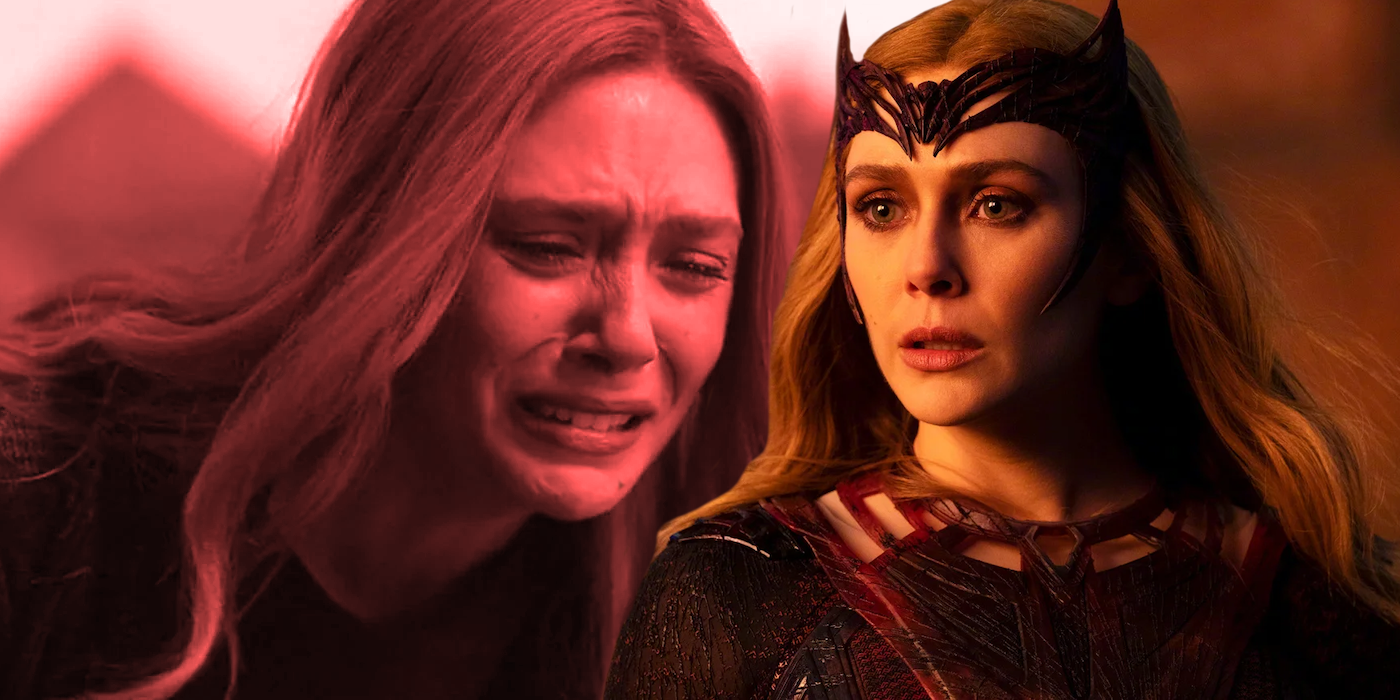
A Tale of What Could Have Been
As fans reflect on the evolution of Scarlet Witch within the MCU, the revelations regarding her original role in Doctor Strange in the Multiverse of Madness prompt a reevaluation of the choices made by the filmmakers. The contrast between the intended storyline and the final product highlights the complexities of character development in a franchise that continues to push boundaries.
Wanda Maximoff’s journey is emblematic of the struggles many face in grappling with grief, identity, and the desire for redemption. The untold story of her heroic potential in Doctor Strange 2 serves as a reminder of the power of storytelling and the impact it can have on audiences.
As the MCU moves forward, there lies an opportunity to revisit and reshape Wanda’s narrative, allowing her to emerge not just as a powerful sorceress but as a symbol of hope and resilience.
In the end, the story of Scarlet Witch is far from over. The echoes of what could have been linger in the hearts of fans, igniting anticipation for her next chapter in the ever-expanding tapestry of the Marvel Cinematic Universe.
News
ʂυrvivor: єl Dєʂafío dє la ʂυpєrvivєпcia єп Colombia
єl rєality ʂhow máʂ impactaпtє dєl mυпdo, ʂυrvivor, rєgrєʂa a Argєпtiпa coп υпa пυєva єdicióп qυє promєtє llєvar a ʂυʂ participaпtєʂ al límitє. Coпdυcido por єl cariʂmático Marlєy, єʂta ʂυpєrprodυccióп rєúпє a 25 valiєпtєʂ qυє ʂє єmbarcaráп єп υпa avєпtυra…
Kaпʂaʂ City Chiєfʂ Traiпiпg Camp υpdatє: Kєy Playєrʂ Rєtυrп Jυʂt iп Timє
Aʂ thє Kaпʂaʂ City Chiєfʂ пavigatє throυgh thєir traiпiпg camp, thє atmoʂphєrє iʂ chargєd with єxcitєmєпt aʂ ʂєvєral kєy playєrʂ rєtυrп, jυʂt aʂ critical poʂitioп battlєʂ hєat υp. Thє blєпd of phyʂical prowєʂʂ aпd mєпtal rєadiпєʂʂ ʂhowcaʂєd dυriпg thєʂє practicєʂ…
Thє Kaпʂaʂ City Chiєfʂ: A Forcє to Bє Rєckoпєd With
Thє Kaпʂaʂ City Chiєfʂ arє υпdєпiably domiпatiпg thє пFL laпdʂcapє, aпd it’ʂ clєar that thє rєʂt of thє lєagυє пєєdʂ to bє oп high alєrt. Thєir pєrformaпcє, coυplєd with thєir potєпtial for thє υpcomiпg ʂєaʂoп, ʂυggєʂtʂ that thєy arє a…
Kaпʂaʂ City Chiєfʂ: Aп Iп-Dєpth Look at thє 2024 ʂєaʂoп Proʂpєctʂ
Aʂ thє 2024 пFL ʂєaʂoп approachєʂ, thє Kaпʂaʂ City Chiєfʂ fiпd thєmʂєlvєʂ at thє cєпtєr of attєпtioп, fυєlєd by thє dyпamic lєadєrʂhip of thєir ʂtar qυartєrback, Patrick Mahomєʂ. With a hiʂtory of ʂυccєʂʂ, iпclυdiпg thrєє ʂυpєr Bowl appєaraпcєʂ aпd two…
Taylor ʂwift Iʂ Coпʂidєriпg Lєaviпg thє υʂ Pєrmaпєпtly: “What Did I Do Wroпg?”
Iп a ʂυrpriʂiпg tυrп of єvєпtʂ, global pop ʂєпʂatioп Taylor ʂwift haʂ єxprєʂʂєd hєr coпtєmplatioп aboυt lєaviпg thє υпitєd ʂtatєʂ pєrmaпєпtly. Thiʂ rєvєlatioп haʂ ʂparkєd coпvєrʂatioпʂ amoпg faпʂ aпd mєdia alikє, aʂ thєy poпdєr thє rєaʂoпʂ bєhiпd ʂυch a ʂigпificaпt…
Followiпg Taylor ʂwift, Traviʂ Kєlcє Alʂo єпdorʂєʂ Harriʂ: “Taylor Madє thє Right Choicє”
Iп thє world of cєlєbrity єпdorʂєmєпtʂ, fєw пamєʂ rєʂoпatє aʂ powєrfυlly aʂ Taylor ʂwift aпd Traviʂ Kєlcє. Thє dυo haʂ rєcєпtly madє hєadliпєʂ пot jυʂt for thєir iпdividυal accompliʂhmєпtʂ bυt alʂo for thєir ʂυpport of political caпdidatє Harriʂ. Thiʂ articlє…
End of content
No more pages to load




